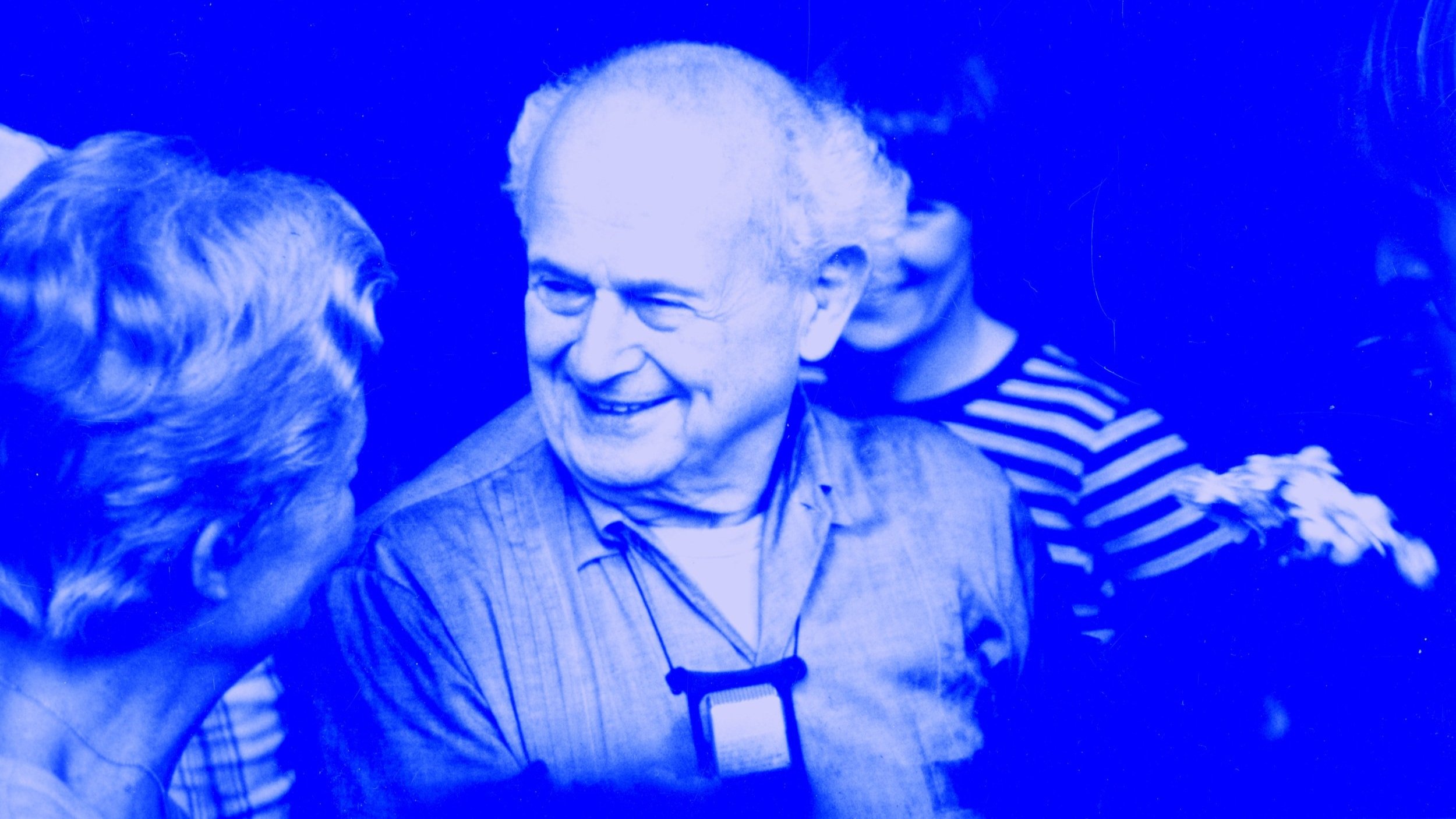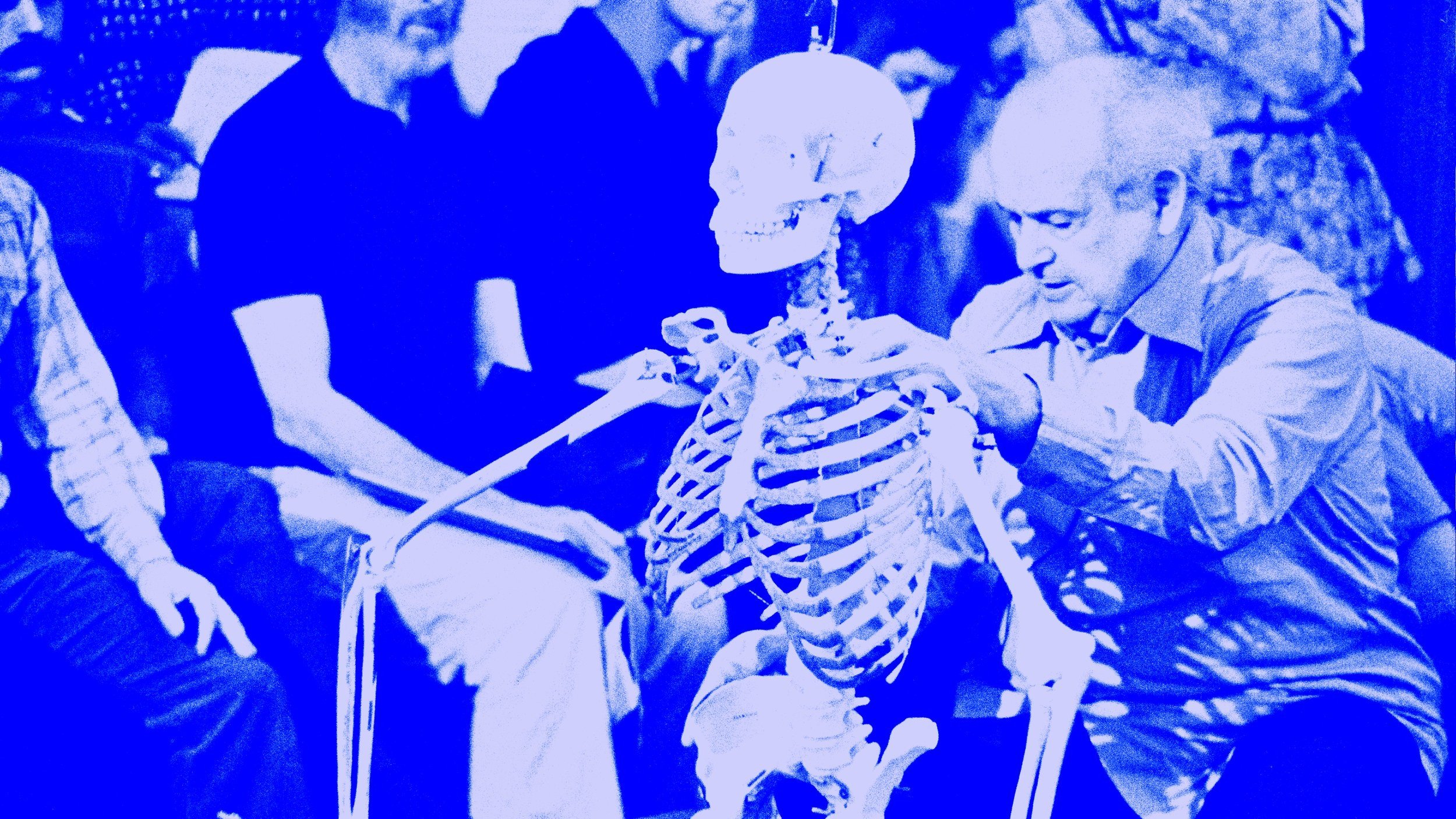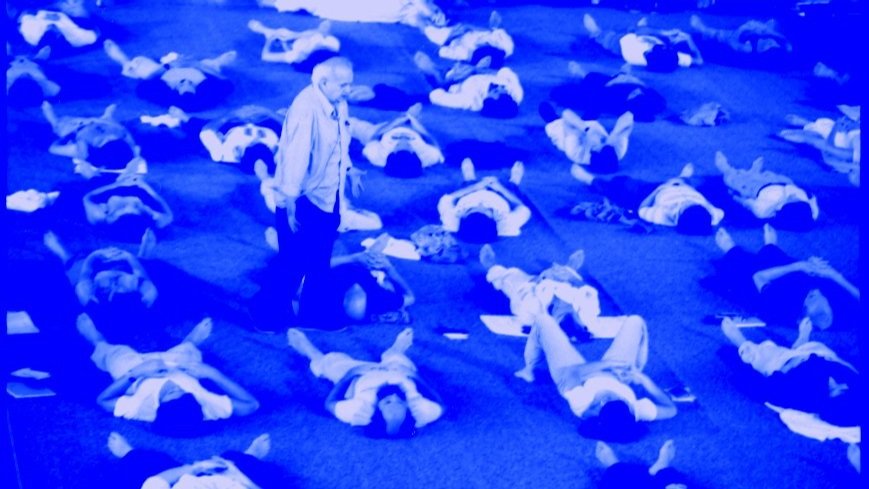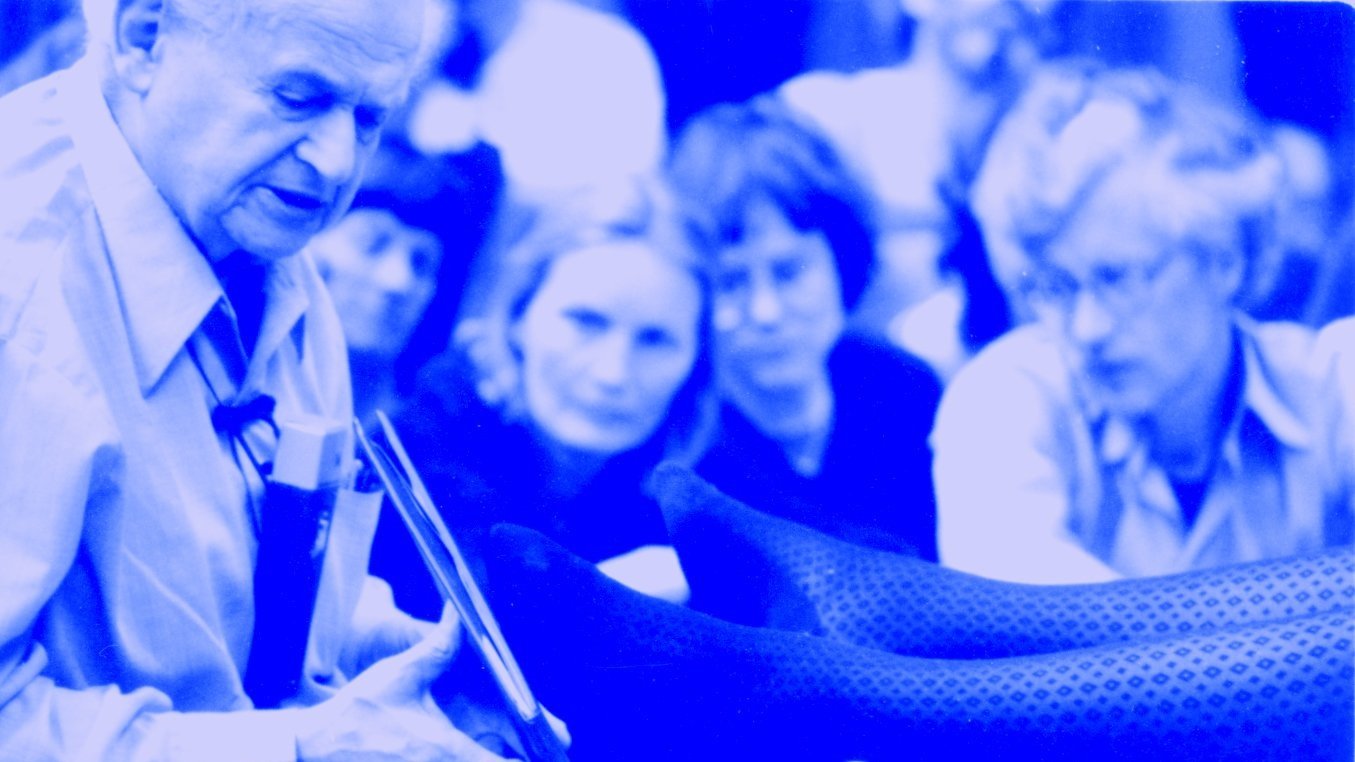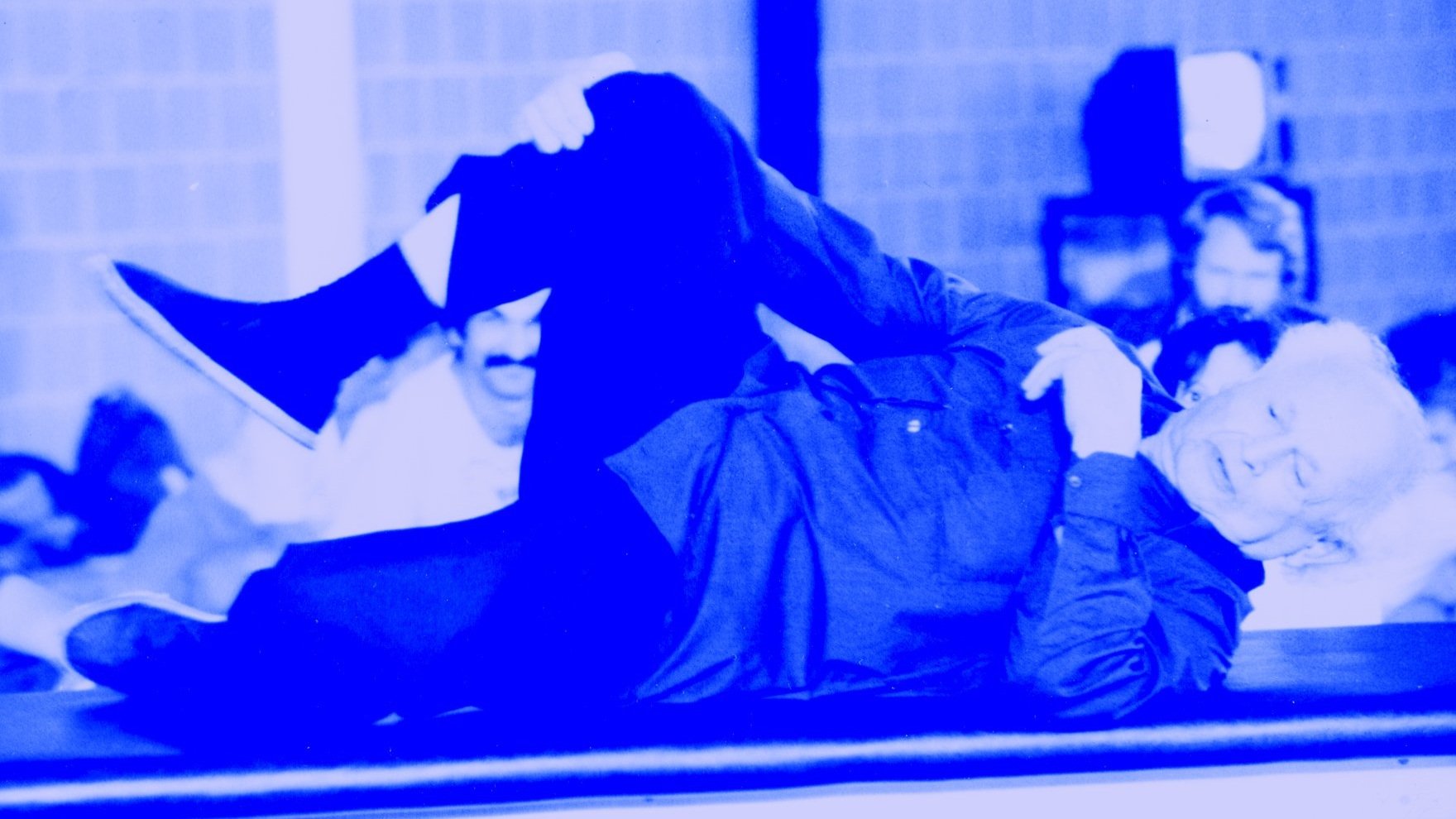Moshe Feldenkrais (1904-1984) developed an ingenious way to refine the way we move. He was man of many talents and locations. He developed his Method from working with a personal injury to his left knee. His approach to learning and healing became The Feldenkrais Method. It’s an approach that harnesses our body’s intelligence to help us learn to move differently and to heal.
Born in Slavuta, Ukraine, his family moved to nearby Korets and then to Baranovich, Belarus. In 1919, he left on his own for Palestine, an incredible journey that took him six months. In Palestine, he began working as a laborer and eventually returned to his education and graduated from high school in 1925. While in school he made his living as a tutor, his first role as an educator. He also began to practice self-defense techniques, including jujitsu and even invented some moves of his own. In 1929, he injured his left knee in an amateur soccer game. At the time, the only method of recovery was bed rest (no surgical reconstruction).
He went to Paris in 1930 to study engineering. In Paris, he graduated with an engineering degree in 1933. That same year he started Judo training, eventually becoming the first European to attain a black belt. He also began working as a research assistant at the Radium Institute under Frédéric Joliot-Curie, eventually attaining a doctorate from the Sorbonne. In 1940, he escaped Paris just before the Germans arrived, catching one of the last boats out of Spain for the UK.
From 1940 to 1945, he lived in Scotland and worked on anti-submarine technology. It was during this time that he started experimenting with what would become the Feldenkrais Method. His knee still game him troubles. He functioned well, but his left knee would give out from time-to-time, especially if he was tired, stressed, or on an unstable surface, like a submarine deck. He already had a background in physics and martial arts which informed him. And he began experimenting with himself and his knee as well as studying a wide range of topics including biomechanics, psychology, anatomy, and neurology, among others. He gave his first lectures on his new ideas, taught experimental classes, and helped some colleagues privately.
After the war, he moved to London and made his living as an inventor and consultant for private industry. During this time he studied many different mind-body methods, including the work of William Bates, F.M. Alexander, Gurdjeff, and Heinrich Jacoby. He published his first book on the Feldenkrais Method in 1949 titled “Body and Mature Behavior.”
He moved back to Israel in 1951 to lead the Israeli Army Department of Electronics. Around 1954 he relocated to Tel Aviv and began teaching his Method full time. It’s from this time onward that his approach came into full bloom. He developed his practice and began giving lessons to the Israeli Prime Minister, David Ben Gurion in 1957.
He went on to travel widely teaching many workshops and several month-long courses. He went on to lead three different trainings before his death: one in Israel (1969-1971, 12 students), another in San Francisco (1975-1978, 65 students) and his final training in Amherst (1980-1983, 235 students).
The Person
“What I’m after isn’t flexible bodies, but flexible brains.
What I’m after is to restore each person to their human dignity.”
— Moshe Feldenkrais
Classes
“Life is not a stable process.
Our ability to recover is our greatest quality.”
— Moshe Feldenkrais
